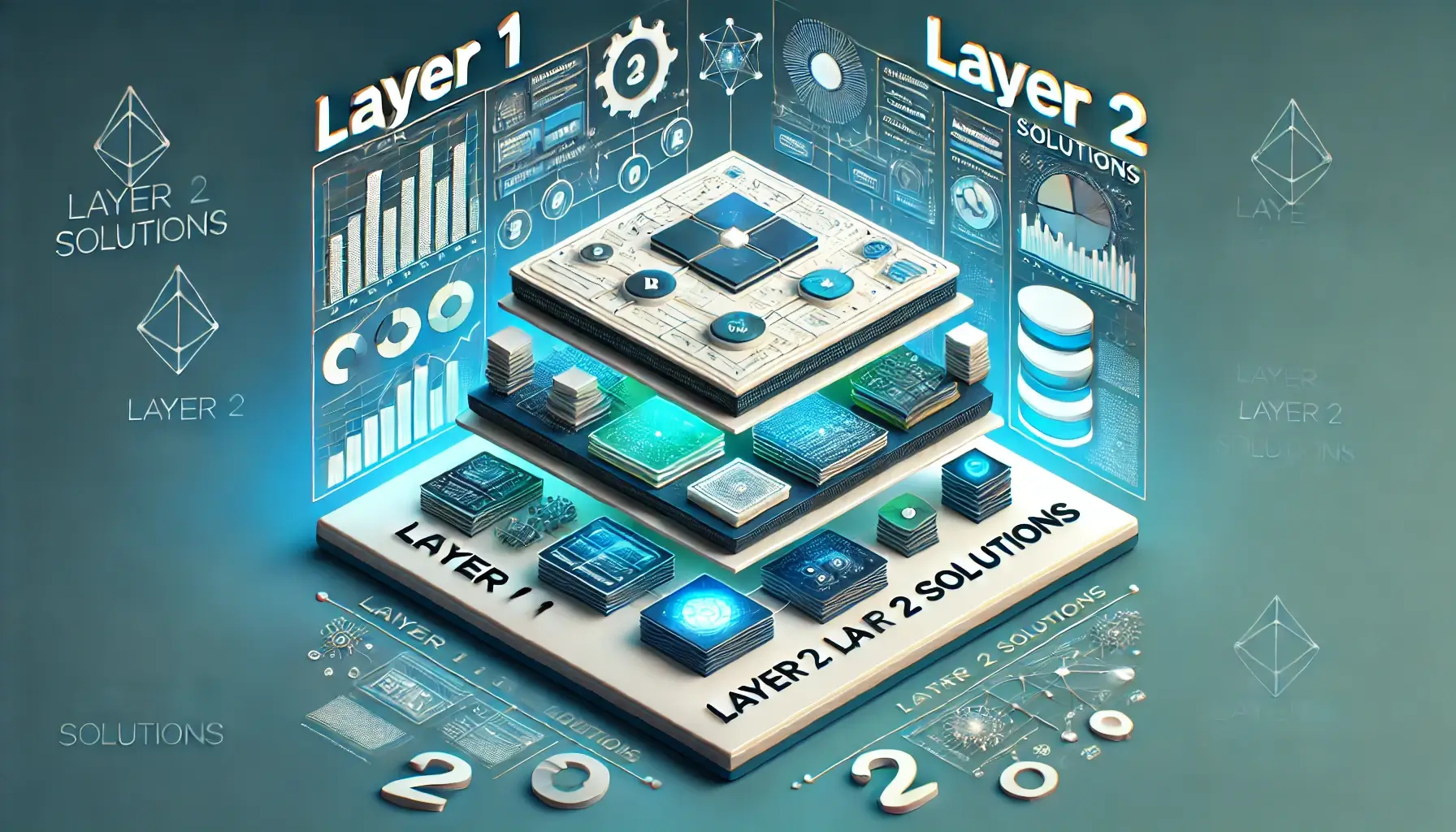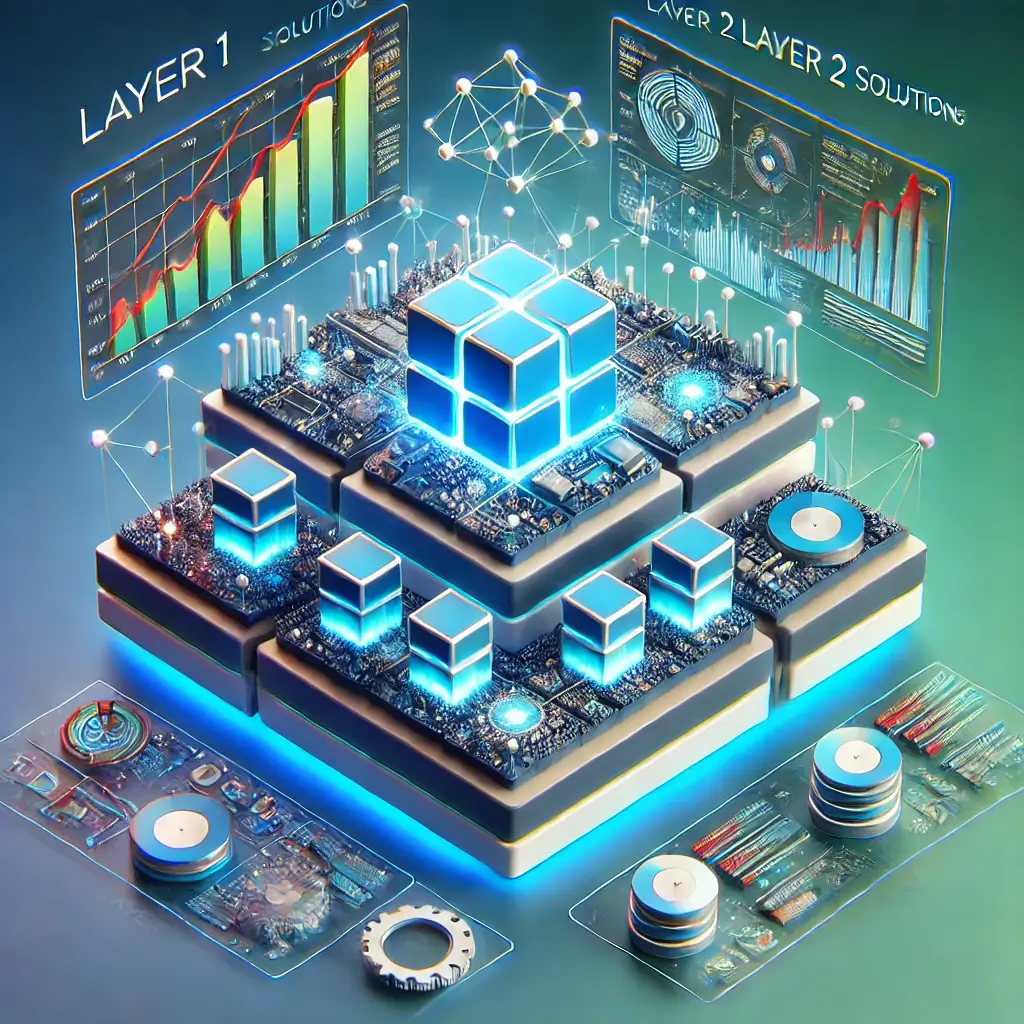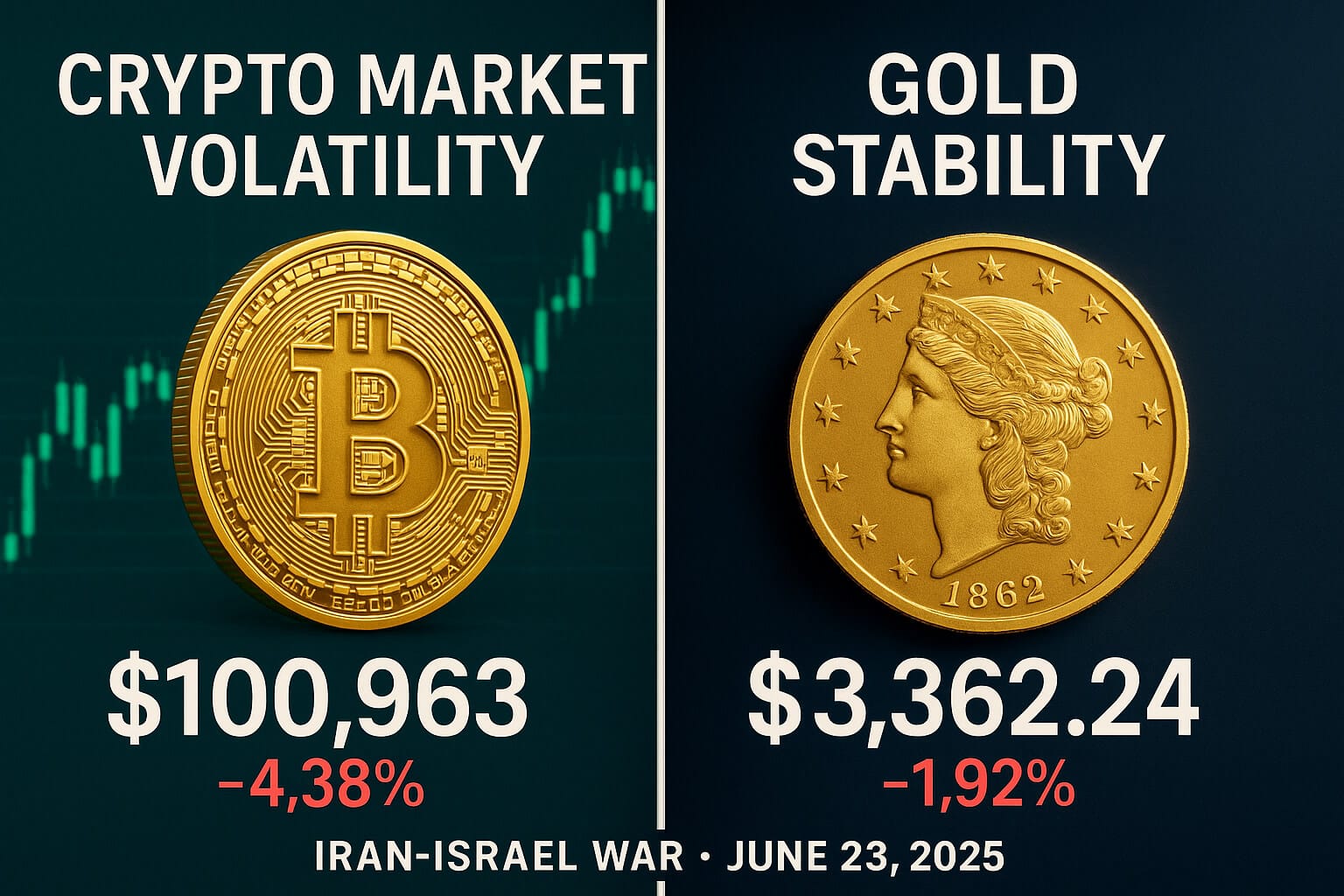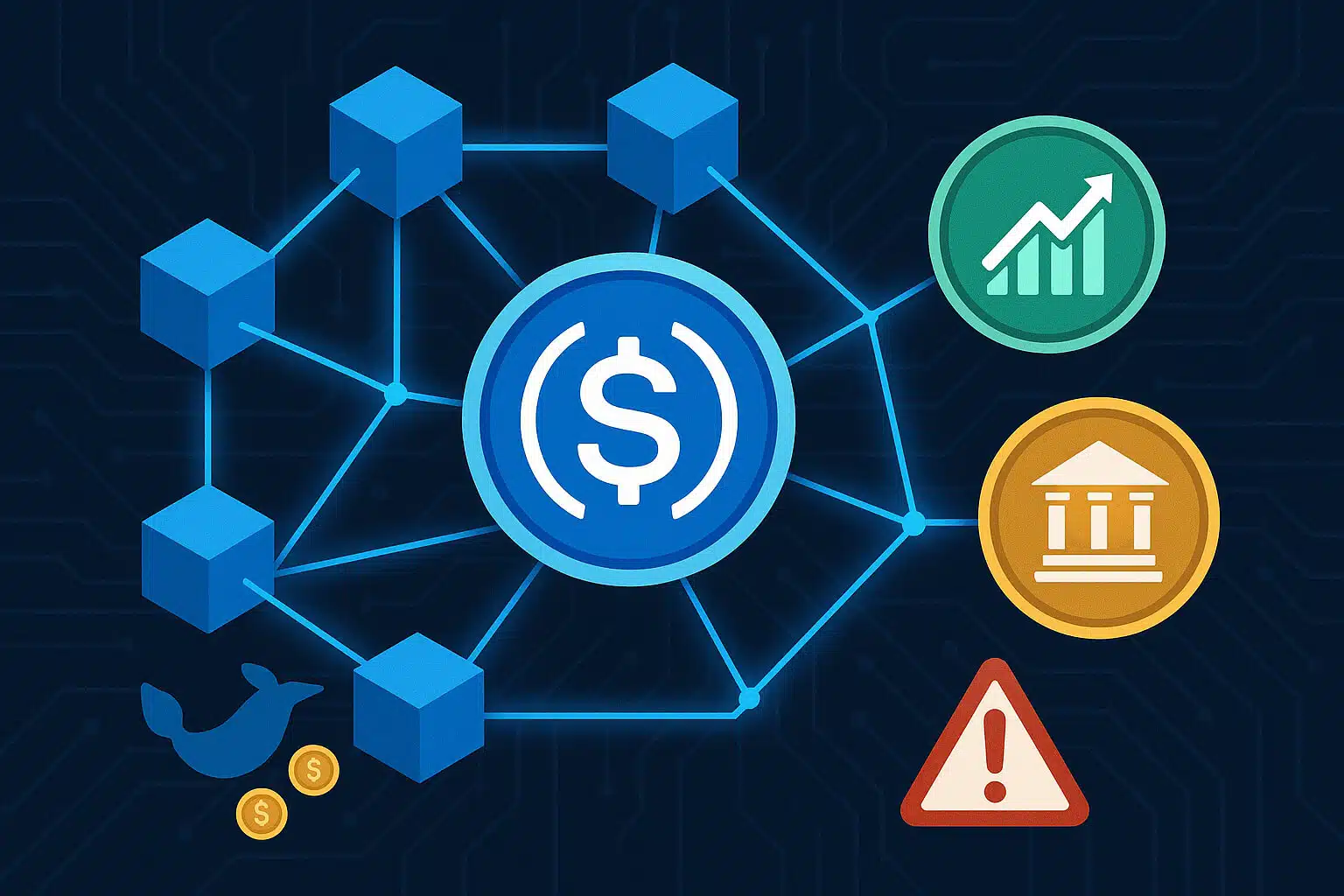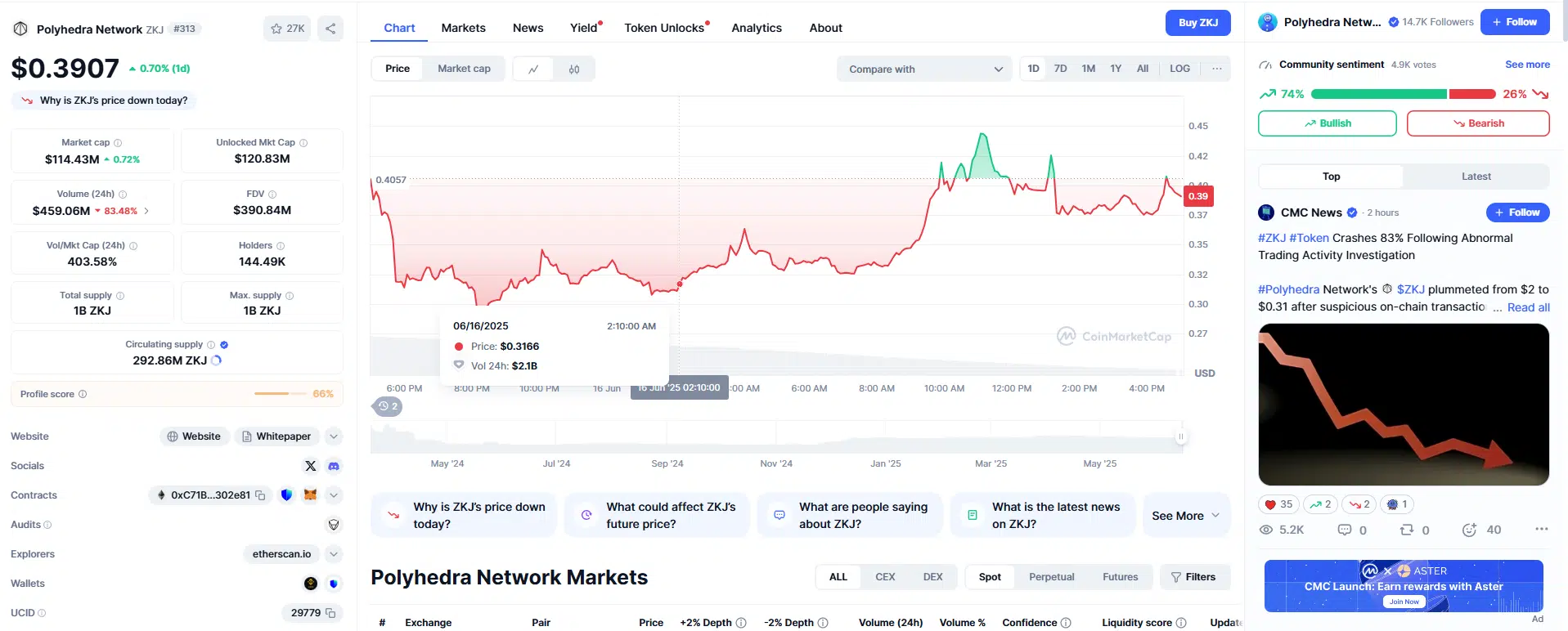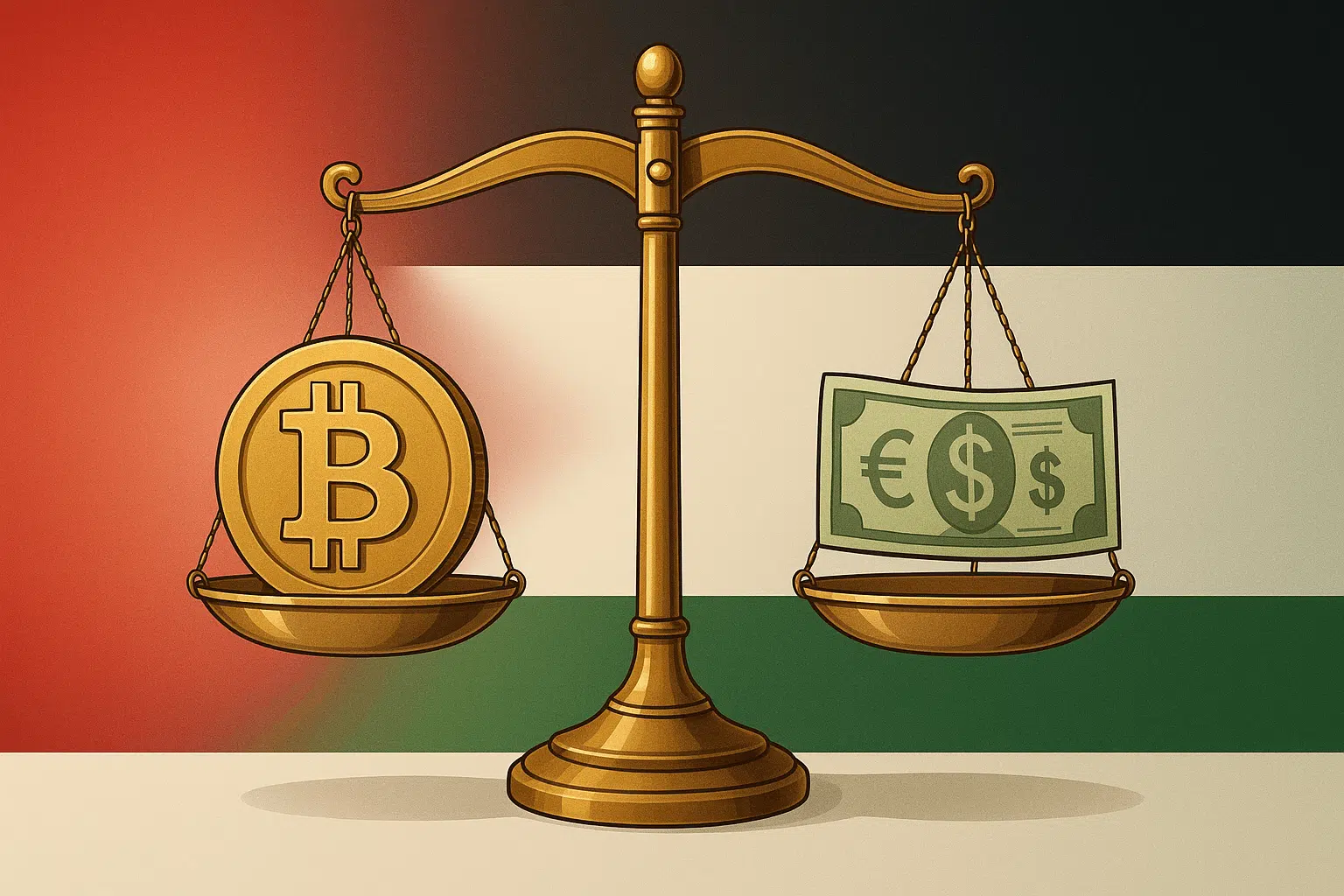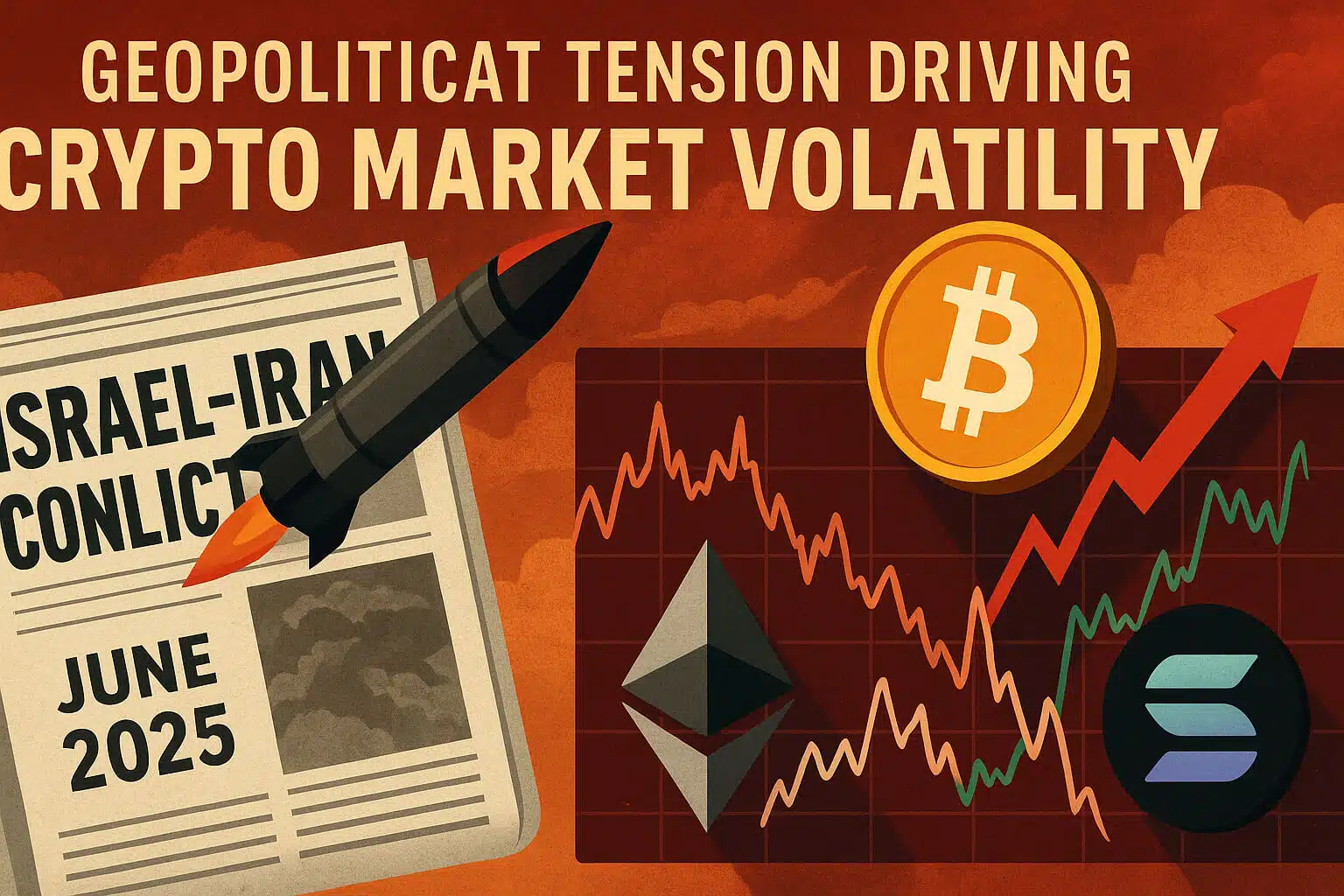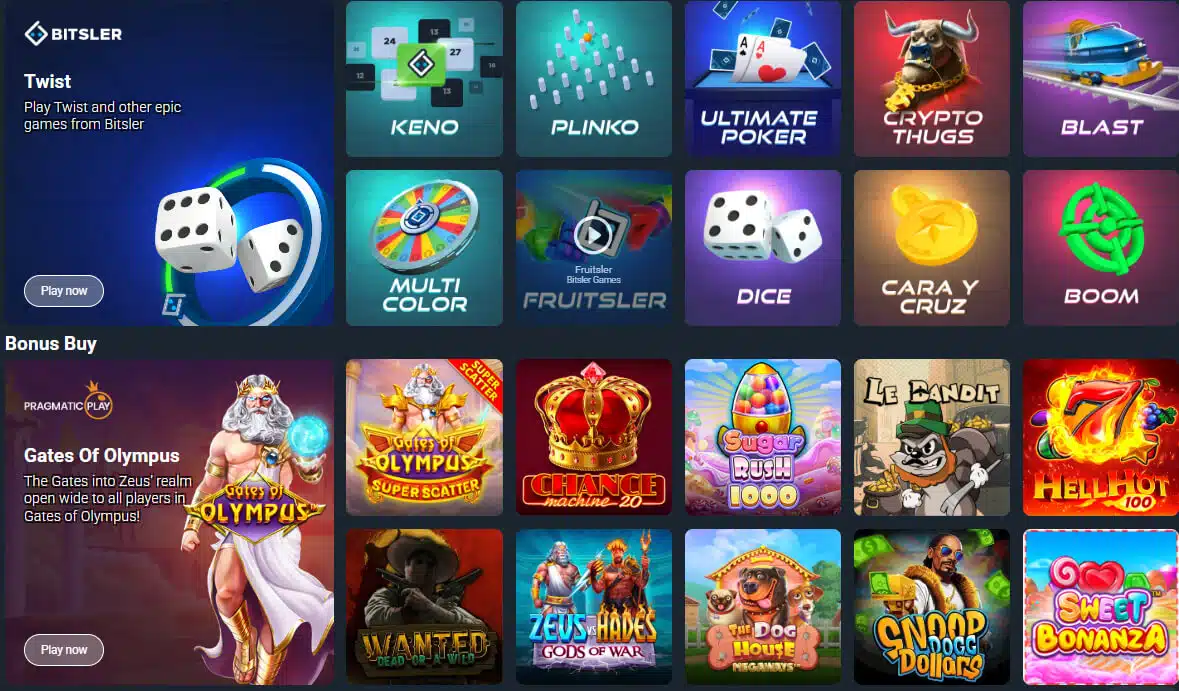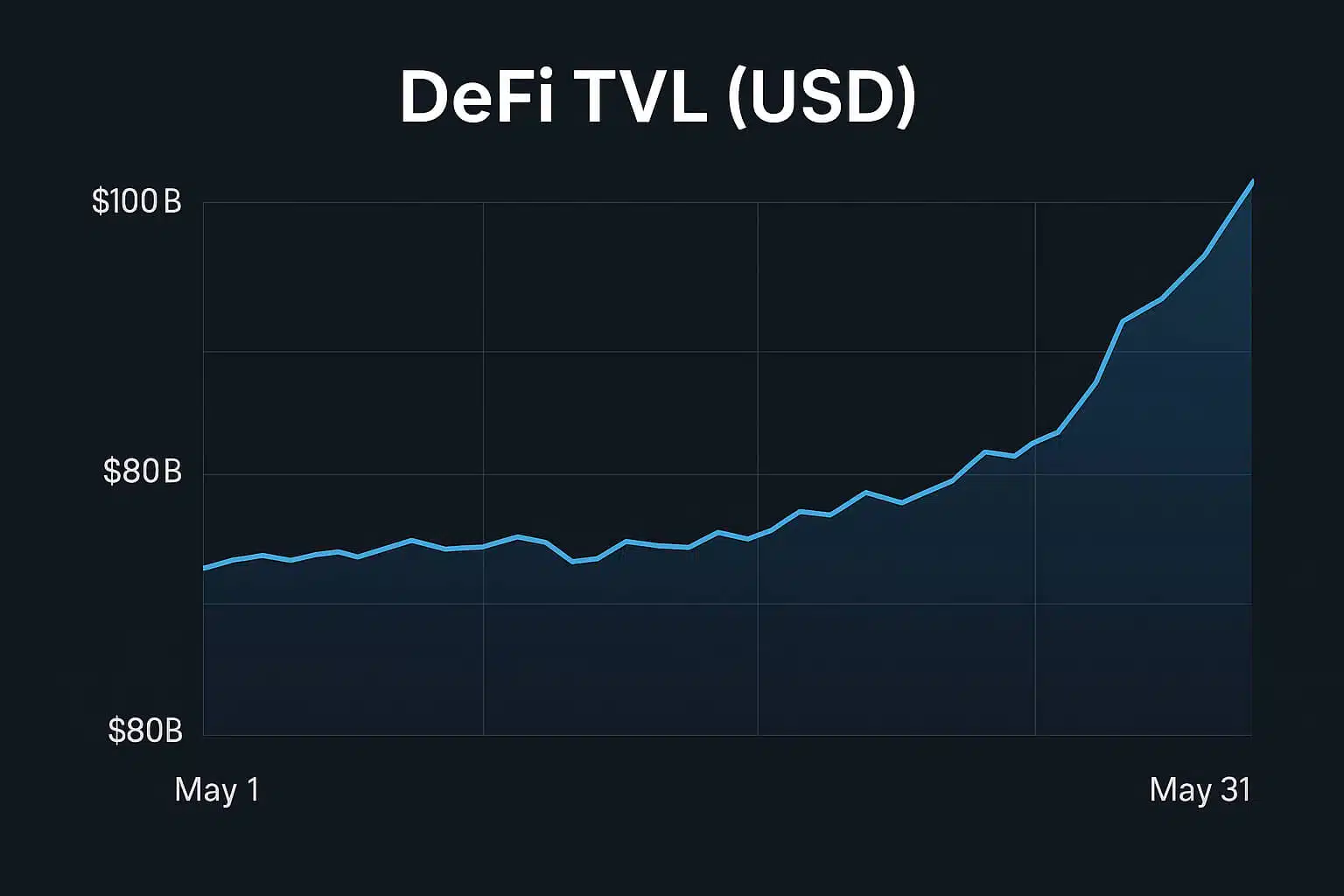Layer 1 vs. Layer 2 Solutions: Unpacking Blockchain Scalability
Blockchain technology is the backbone of cryptocurrencies, offering a decentralized and secure way to handle transactions. As the demand for cryptocurrencies and decentralized applications (dApps) grows, so does the need for more scalable solutions. This is where Layer 1 and Layer 2 solutions come into play. Let’s dive into what these layers are, their differences, and their significance.
What are Layer 1 Solutions?
Layer 1 solutions refer to improvements made directly to the base layer of the blockchain. This layer is responsible for the core functions of the blockchain, such as consensus mechanisms, transaction processing, and data storage. Enhancing Layer 1 involves modifying the underlying protocol to increase its capacity and efficiency.
Examples of Layer 1 Solutions:
- Bitcoin (BTC): The original blockchain protocol, utilizing Proof of Work (PoW) for consensus.
- Ethereum (ETH): Moving from PoW to Proof of Stake (PoS) with Ethereum 2.0 to improve scalability and reduce energy consumption.
- Solana (SOL): Utilizing Proof of History (PoH) and Proof of Stake (PoS) to achieve high transaction throughput.
What are Layer 2 Solutions?
Layer 2 solutions are built on top of the existing blockchain (Layer 1) to enhance its scalability and functionality without altering the base layer. These solutions typically involve offloading transactions from the main chain to secondary protocols, reducing the load on the primary blockchain and increasing transaction speed.
Examples of Layer 2 Solutions:
- Lightning Network (Bitcoin): A second-layer protocol that enables fast, low-cost transactions by creating off-chain payment channels.
- Polygon (formerly Matic Network): A framework for building and connecting Ethereum-compatible blockchain networks, improving transaction speeds and reducing costs.
- Optimistic Rollups (Ethereum): Aggregating multiple transactions into a single batch, which is then verified and recorded on the main Ethereum chain.
Key Differences Between Layer 1 and Layer 2
Understanding the differences between Layer 1 and Layer 2 solutions is crucial for grasping their impact on blockchain scalability.
- Modification Level:
- Layer 1: Direct changes to the blockchain protocol.
- Layer 2: Built on top of the existing blockchain without altering the base protocol.
- Scalability Approach:
- Layer 1: Increases the base layer’s capacity (e.g., through consensus algorithm changes).
- Layer 2: Offloads transactions to secondary layers (e.g., through payment channels or rollups).
- Implementation Complexity:
- Layer 1: Requires consensus from the entire network for protocol upgrades, often complex and slow.
- Layer 2: Can be implemented more rapidly as it operates on top of the existing blockchain.
Why Both Layers Matter
Both Layer 1 and Layer 2 solutions are essential for the growth and sustainability of blockchain technology. Layer 1 improvements lay the foundation for a more robust and efficient blockchain, while Layer 2 solutions provide immediate scalability benefits and user-friendly applications.
Current Trends and Future Outlook
As blockchain technology continues to evolve, we see a hybrid approach emerging, where both Layer 1 and Layer 2 solutions are integrated to maximize scalability and efficiency. For instance, Ethereum’s transition to Ethereum 2.0 (Layer 1) combined with the use of Layer 2 solutions like Optimistic Rollups creates a powerful synergy that addresses scalability concerns comprehensively.
Bybit Referral: Boost Your Crypto Trading
Looking to enhance your crypto trading experience? Check out Bybit. By using this referral link, you can earn up to $30,000 in rewards. Bybit offers advanced trading features, a user-friendly interface, and robust security measures—making it an excellent choice for both seasoned traders and newcomers.
Wrapping It Up
Layer 1 and Layer 2 solutions are crucial components of the blockchain ecosystem, each playing a significant role in improving scalability and efficiency. By understanding their differences and how they complement each other, you can better appreciate the advancements driving the future of blockchain technology. Keep an eye on this space as new innovations continue to shape the landscape of decentralized applications and cryptocurrencies.
For more insights on blockchain technology and cryptocurrency, visit our detailed guide on choosing the right exchange.
Stay Updated
For the latest airdrops and crypto news, follow us on:


